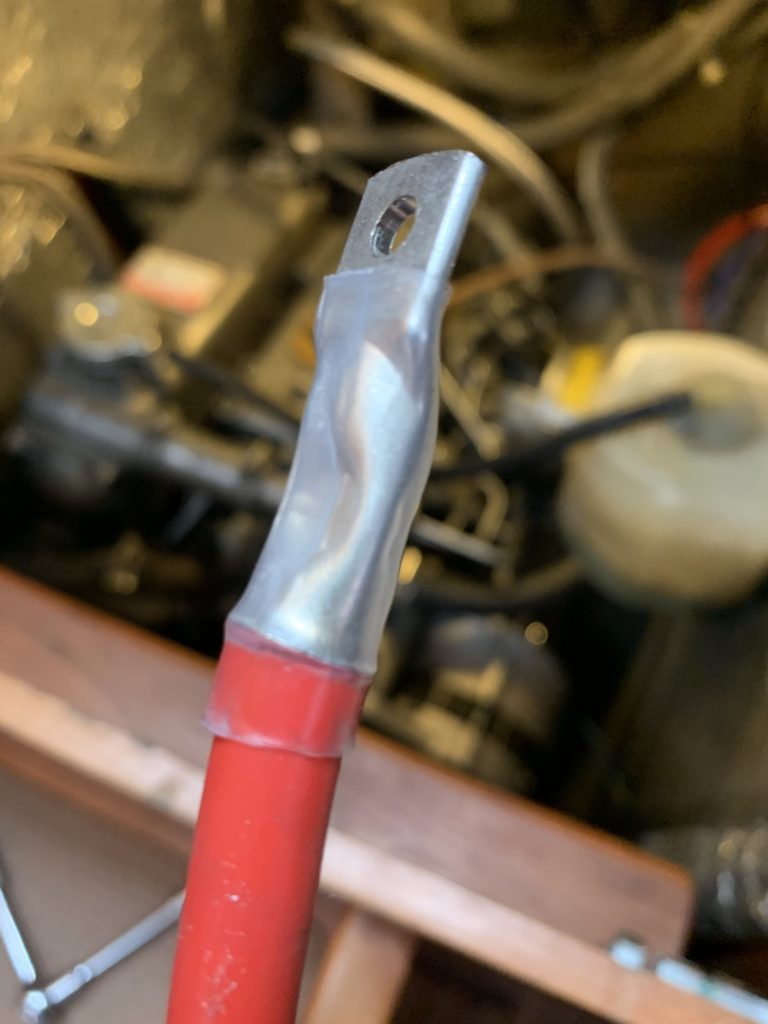The LM7, a 5.3L V8 engine found in various GM vehicles, has garnered a reputation for reliability and modifiability among enthusiasts. When it comes to optimizing your vehicle’s electrical system, upgrading to a 1-cable alternator can bring a plethora of benefits, enhancing not just performance but also system efficiency. This article delves into this upgrade, examining its significance, the process involved, and its advantages.
To begin with, the alternator is the linchpin of the electrical system, responsible for charging the battery and powering the electrical components while the engine is running. Traditional wiring setups often utilize multiple cables to connect the alternator to the battery, which can lead to voltage drops and inefficiencies, particularly under high-load scenarios. Transitioning to a 1-cable alternator effectively streamlines this setup, providing a single, robust link between the alternator and the battery.
When preparing for the upgrade, the first consideration should be the type of 1-cable alternator you intend to install. There exist a variety of models, each with unique features and specifications. High-output alternators, for instance, are frequently favored by those who plan on running numerous electrical accessories, such as aftermarket audio systems or auxiliary lighting. These alternators typically produce outputs of 150 amps or more, ensuring that even the most power-hungry components receive adequate supply.
Another factor to consider is the alternator’s mounting configuration. The LM7 was utilized in various applications, including trucks and SUVs, which means that the mounting bracket setup may differ. It’s crucial to ascertain the specific configuration of your vehicle before diving into the installation process. Opting for an alternator designed specifically for the LM7 can streamline installation and ensure compatibility with existing components.
Now, let’s discuss the installation process. First and foremost, safety is paramount. Disconnect the negative terminal of the battery to prevent any electrical shorts or shocks during installation. Once you’ve ensured safety, you can proceed with the removal of the existing alternator. This involves unbolting it from its mounting location and detaching all wiring. Make sure to keep track of each connection since you will need to reference it during the installation of the new unit.
After removing the old alternator, prepare the new 1-cable alternator. Most high-output models will come with clear instructions on wiring. The beauty of a 1-cable setup lies in its simplicity; you primarily want to connect a single, heavy-gauge wire directly from the alternator output to the positive terminal of the battery. This singular connection minimizes resistance and optimizes the efficiency of the charging process.
As you install the new alternator, make certain that all connections are secure. A loose connection can lead to intermittent power loss and could potentially damage the electrical system. After securing the alternator in place and connecting the 1-cable setup, reattach the battery terminal. At this point, it’s wise to double-check all connections before firing up the engine.
Once you start the engine, observe the voltmeter (if equipped) to monitor the charging voltage. Ideally, the alternator should output between 13.8 to 14.5 volts at idle, indicating that the system is functioning correctly. Should the voltage readings fall outside this range, further troubleshooting may be necessary to ensure all connections are intact and that the alternator is operating as intended.
Now that the new alternator is installed and functioning, it’s time to explore the advantages that come with upgrading to a 1-cable alternator in your LM7. One of the most significant benefits is reduced voltage drop. With a single, direct line to the battery, the likelihood of voltage loss during high-demand situations diminishes significantly. This can lead to improved performance from auxiliary components and enhancements in the overall responsiveness of the electrical system.
Moreover, the simplicity of a 1-cable setup translates to easier troubleshooting and maintenance. With fewer connections and cables, identifying potential issues becomes a more straightforward task. Should you encounter electrical problems in the future, a streamlined system allows for quicker diagnosis and remedy.
Additionally, the aesthetic appeal of a 1-cable setup cannot be understated. A cleaner engine bay, devoid of cluttered wiring, enhances the visual appeal of the engine compartment. For car shows or meets, this can be an essential factor to impress the audience.
In conclusion, upgrading your LM7 to a 1-cable alternator establishes an efficient, robust electrical system that caters to both performance and aesthetics. With clear benefits such as reduced voltage drop, simplified wiring, easier maintenance, and improved performance of electrical components, this upgrade is not one to overlook. Whether for daily driving or powered by a passion for tuning, the investment in a 1-cable alternator will leave your LM7 performing at its peak and ready for anything.
